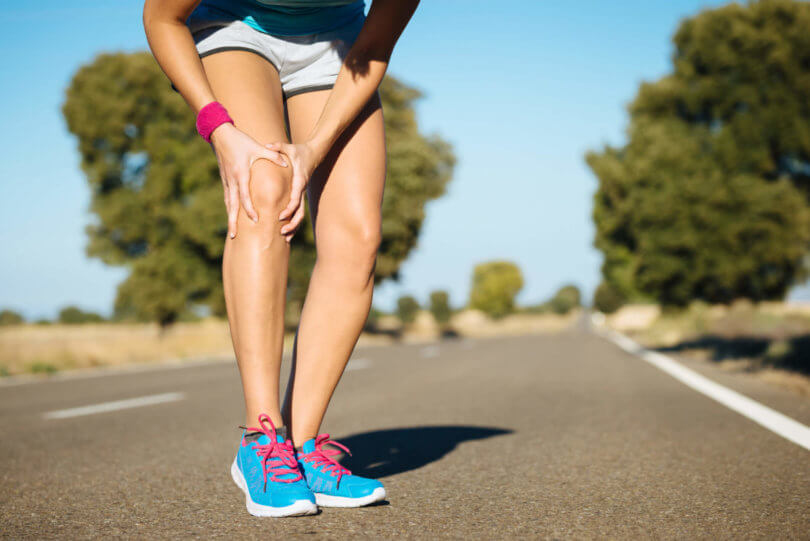Arthritis
Arthritis
Overview
Arthritis is a group of conditions that causes pain and damage to the joints of the human body, mostly targeting the cartilage that protects the bones. As the cartilage is removed, the bones start to rub against each other more often, producing friction and further degradation and pain.
The definitive symptom of arthritis is pain, though the pattern and intensity can vary based on which type a patient is afflicted with.
While certain types of arthritis cause consistent dull pain, others cause pain that is considerably worse in the morning than in the evening. Some patients deal with the pain by moving around less or by limping, thus preventing the symptoms but not fixing the problem. Other common symptoms of arthritis include swelling, stiffness and loss of movement in the affected joints.
Types of Arthritis
Osteoarthritis
The most common form of arthritis is osteoarthritis (OA), which develops as the cartilage protecting the bones of a joint wears down over time from various traumatic activities. OA is commonly known as the "wear and tear" disease because it occurs much more frequently in older patients. This is because the condition requires a good deal of time to develop, and usually does not occur until a patient is well past their 30s, unless involved in highly competitive athletics. As the cartilage is worn down, the subchondral bone becomes exposed, causing the body to react in a regenerative manner. However, the new bone produced is not functional because it replaces the space vacated by the cartilage. As the body keeps trying to heal itself, the condition worsens as more bone is produced in the wrong places, leading to more friction and wear and creating an unending cycle. Treatments for OA vary from simple bed rest, appropriate exercise and weight control, to medicinal solutions such as NSAIDs, Paracetamol or ibuprofen.
Rheumatoid Arthritis
Rheumatoid arthritis (RA) is another type of arthritis that develops over a long period of time. This condition can be identified through blood tests and X-Rays, as well as a full evaluation of symptoms. The formation of rheumatoid nodules under the skin is usually indicative of RA, which tends to form over bony processes and frequently stressed joints. Although less frequent, RA can affect other parts of the body and cause subtle inflammation of the aforementioned nodules, lungs, sclera, pericardium and other internal tissue. The disease can progress faster or slower depending on certain personal autoimmune factors. Although there is no known cause or cure for RA, there are many treatments available to both control the symptoms and considerably slow the progression of the disease. The earlier RA is detected, the more effective these treatments are. Proper exercise and weight control are often suggested treatments, along with anti-inflammatory agents and Disease Modifying Anti-Rheumatic Drugs (DMARDs).
Jouvenile Arthrits
A less common form of arthritis is Juvenile Arthritis (JA), which mirrors the symptoms of arthritis but occurs in patients under the age of 18. Juvenile arthritis can either be Rheumatoid (JRA) or Idiopathic (JIA), the latter meaning there is no defined cause. JA is also split into various subtypes, which include Oligoarticular JA, Polyarticular JA and Systemic JA. Oligoarticular refers to JIA that affects four or fewer joints of the child's body, while Polyarticular refers to JIA that affects five or more joints, in addition to being able to affect the neck and jaw joints. Systemic JIA can cause long-lasting severe fevers and rashes as well as the usual arthritic pains, though more commonly in the small joints. Although JA affects both boys and girls, Oligoarticular and Polyarticular tend to affect girls much more often than boys. Common treatments include NSAIDs along with Methotrexate; corticosteroid injections are also used but less frequently.
Other Type of Arthritis
Other related types of arthritis, such as gout and septic arthritis are less common but still exist. In fact, before modern medicine these were much more problematic forms of the disease. Gout occurs as a result of high levels of uric acid in the blood, which crystallize in the joints and cause immense pain. This elevated concentration of uric acid can be caused by very high protein diets, high alcohol intake, or complications with other parts of the body. Septic arthritis is the result of a bacterium actually entering the joint and causing the arthritis by its actions. This arthritis usually only occurs in one joint and is easily treated with antibiotics combined with a local painkiller.
 928-778-9250
928-778-9250 Get Directions
Get Directions
